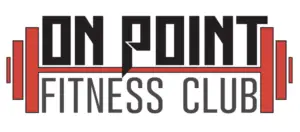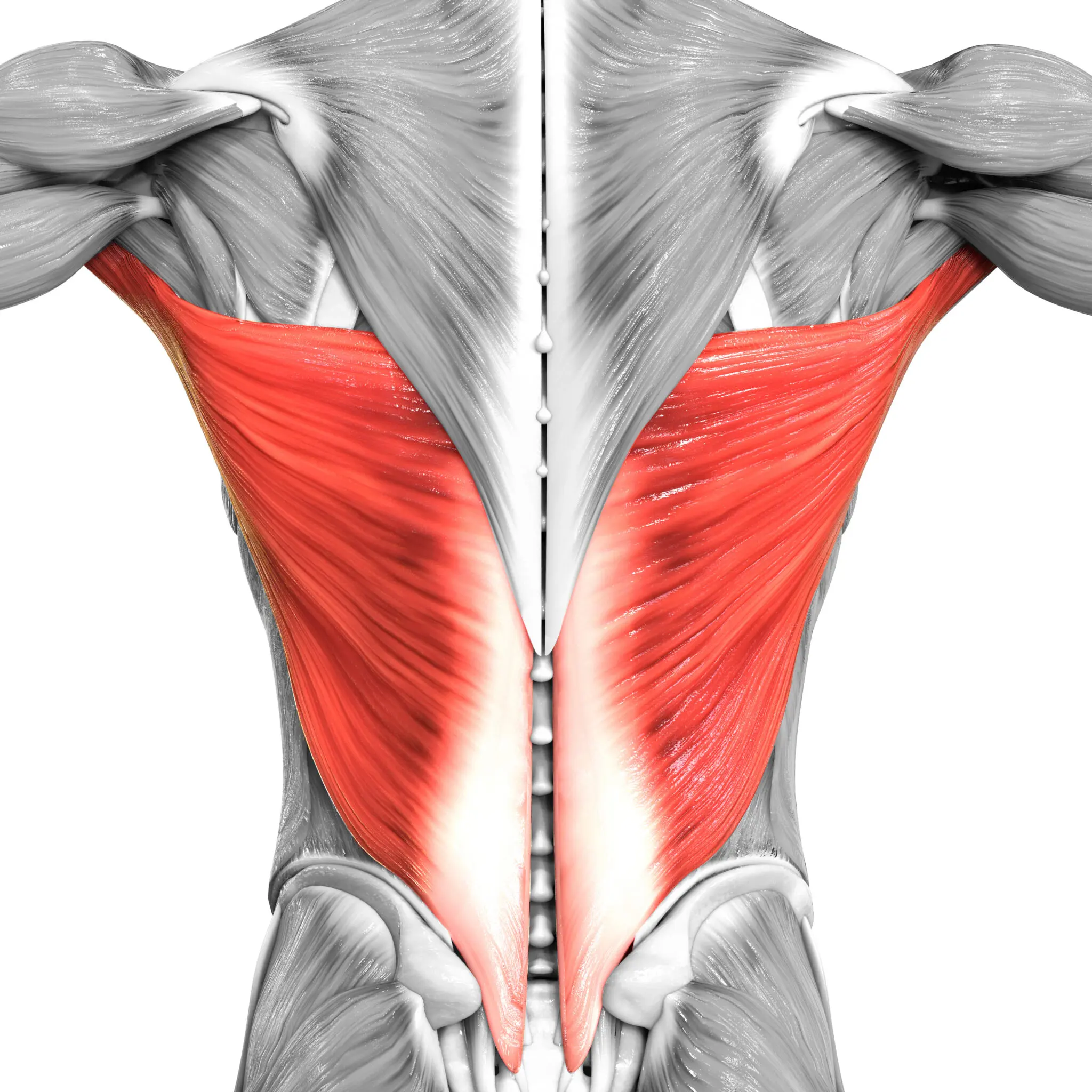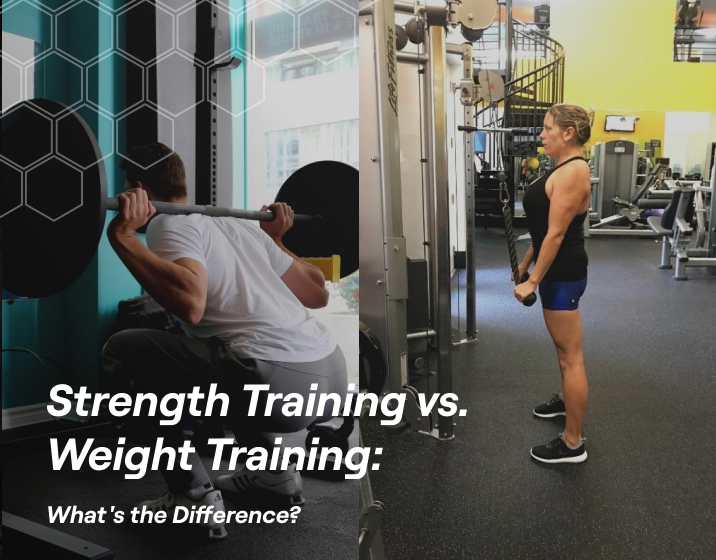Over the past several weeks, Tom and I have been experimenting with a few different recovery tactics in our workout routines, but one that has stood out the most has been the addition of focused nasal breathing. During our power output focused training sessions, we have added nasal breathing during rest intervals and have seen a significant jump up in our ability to maintain power over longer periods of time. We have also noticed that our abdominal strength has improved, to what we believe is better activation of the transverse abdominis (the deepest layer of abdominals) and a reduction in the volatility of our heart rate spikes while exercising, as well as at rest.
Breathing is one of the only things that we do constantly from birth to death. You can live for several weeks or months without food, and for several days without water, but only several minutes without a breath. Yet, it is standard to allow our subconscious brain to control this task without giving thought to how we can use our breathing to our advantage.
Let’s begin with a quick little exercise.
- Take both hands and place them directly below your ribcage on your sides (this is where your diaphragm is located).
2. Now, keeping your mouth closed, take a 5 second inhale through your nose trying to push your hands out laterally with this breath.
3. Hold your inhale for 2 seconds.
4. Exhale through your nose for 6 seconds, as you do this allow your ribcage to sink down and in towards your belly button.
5. Repeat for 5 breaths.
If you did this right, you should be feeling relaxed, have noticed that your midsection expanded and contracted around your hands (known as 360 degrees of expansion), and you should have felt a little bit of heat build-up within your nostrils. This is all good! When we take time to focus on our breath, we can better control how our body will respond to outside stimuli. Below is a list of benefits to focused nasal breathing:
- Increased oxygen delivery to tissues from the blood (Bohr effect)
- Reduced blood pressure and heart rate
- Balanced blood pH
- Blood vessel and air passage dilation
- Metabolic function improvements
- Reduced nervous system excitability (reduces anxiety)
- Improved brain function
- Respiratory center sensitivity changes (easier breathing during activity)
- Stabilized blood sugar
- Improved immune function
I will leave you with another exercise you can try for those of you who run and walk frequently. I want you to try and do your normal run/walk distance but here’s the catch- go at a pace where you can maintain nasal breathing for the duration of your session. Let me know how it compares in difficulty, heart rate, and distance/time compared to your normal routine.
Yours in Strength,
Nick and Tom






